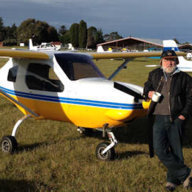-
Posts
424 -
Joined
-
Last visited
-
Days Won
1

ianboag replied to slb's topic in AUS/NZ General Discussion

ianboag replied to slb's topic in AUS/NZ General Discussion

ianboag replied to slb's topic in AUS/NZ General Discussion

ianboag replied to slb's topic in AUS/NZ General Discussion

ianboag replied to slb's topic in AUS/NZ General Discussion

ianboag replied to slb's topic in AUS/NZ General Discussion

ianboag replied to slb's topic in AUS/NZ General Discussion

ianboag replied to slb's topic in AUS/NZ General Discussion

ianboag replied to slb's topic in AUS/NZ General Discussion

ianboag replied to slb's topic in AUS/NZ General Discussion

ianboag replied to slb's topic in AUS/NZ General Discussion

ianboag replied to slb's topic in AUS/NZ General Discussion

ianboag replied to slb's topic in AUS/NZ General Discussion

ianboag replied to slb's topic in AUS/NZ General Discussion

ianboag replied to slb's topic in AUS/NZ General Discussion

ianboag replied to slb's topic in AUS/NZ General Discussion

ianboag replied to slb's topic in AUS/NZ General Discussion

ianboag replied to slb's topic in AUS/NZ General Discussion

